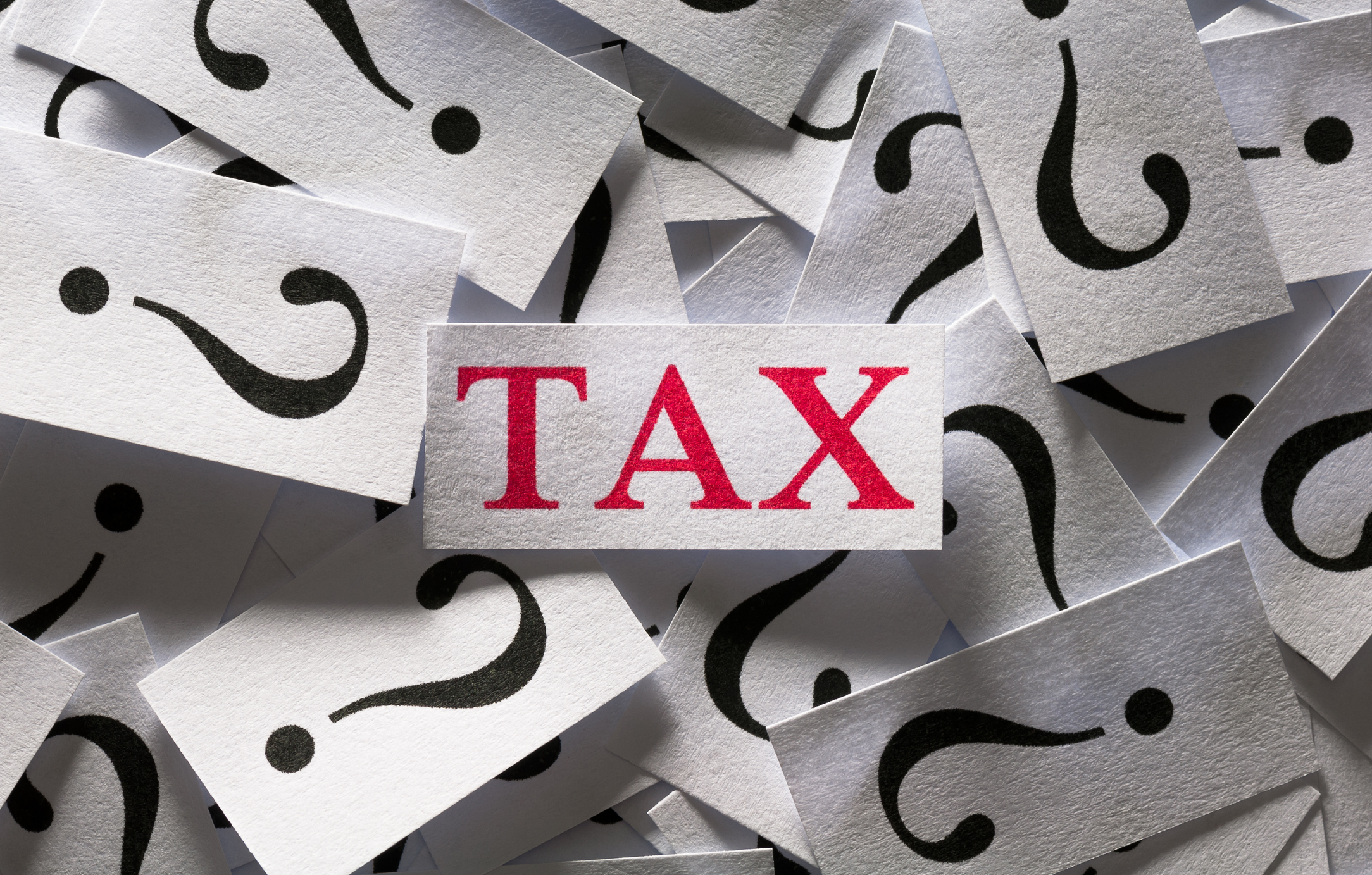Since the Internal Revenue Service (IRS) announced the launch of the Employee Retention Credit (ERC) in March 2020, there has been a bevy of questions about it. The program has proven confusing for business owners to figure out if they qualify at all. And if they do qualify, which payroll costs or wages are included?
The Employee Retention Credit is a partially refundable tax credit claimed against employment taxes on wages paid to your W-2 employees. Introduced as part of the Coronavirus Aid, Relief, and Economic Security (CARES) Act, the purpose of the ERC was to encourage eligible employers to keep their employees on the payroll during the COVID-19 pandemic, especially those businesses most impacted by government mandated restrictions.
Initially, to be considered eligible for the Employee Retention Credit, a business must have been negatively impacted in at least one of these two ways:
- Full or partial shutdown due to government-mandated lockdown orders. This includes suspension of business, stopping business operations, reduced hours of operations, capacity restrictions, closing earlier for sanitation and cleaning and decreased ability to provide services to customers.
- Significant decline in gross revenue. This includes a decline in sales due to supply chain disruptions.
Eligible businesses have an opportunity to retroactively claim the Employee Retention Credit for 2020 and 2021 as long as they meet the IRS deadlines. For 2020, the maximum credit per employee is $5,000 for the whole year. For 2021, the maximum credit amount is increased to $7,000 per employee for each qualifying calendar quarter. For an employer that qualifies for the ERC for 2020 through the third quarter of 2021, the potential tax credit adds up to $26,000 per employee, including all of 2020 plus the first three quarters of 2021.
In this blog, we’re responding to questions we are commonly asked about the Employee Retention Credit, including how business owners can claim it and when they can expect to receive their refund. If you have specific questions about the ERC that aren’t answered here, feel free to reach out to the StenTam team for assistance!
Employee Retention Credit FAQs
What is the Difference Between the Employee Retention Credit and the Paycheck Protection Program (PPP)?
Starting in March 2020, the Small Business Administration (SBA) offered forgivable PPP loans to eligible companies to help them keep their workers employed during the COVID-19 pandemic. These PPP loans could be utilized for payroll, although businesses were allowed to use up to 40 percent of the loan for operating costs, including rent, mortgage interest or utilities.
Although businesses that received a PPP loan weren’t initially eligible for the Employee Retention Credit, that limitation changed when the Consolidated Appropriations Act of 2021 was enacted. Employers can claim the ERC even if they received a PPP loan.
The ERC is a tax credit administered by the IRS. The PPP is a bank loan, backed by the SBA. Eligible businesses that received a PPP loan can still apply for the Employee Retention Credit retroactively to 2020. However, businesses cannot claim the ERC for wages paid with funds from a forgiven PPP loan.
Are Businesses Allowed to Claim the Employee Retention Tax Credit for Employees Who Were Not Working?
Yes. The Employee Retention Tax Credit (ERC) is a partially refundable tax credit for businesses that continued to pay employees during the COVID-19 pandemic. The qualifications for the ERC do not exclude wages paid to an employee who was not performing their normal services.
The ERC created incentives for employers to continue paying employees, even if that employee stayed at home with no work to do during the pandemic.
Is There a Deadline to Claim the Employee Retention Credit?
The final period for most businesses to qualify for the Employee Retention Credit was the third quarter of 2021. Some startup businesses may qualify for the fourth quarter of 2021. But, if you’re an eligible employer for any period in 2020 or 2021, there is still time to file a retroactive claim for a refund.
To file your claim, your business generally needs to file IRS Form 941-X for each qualified quarter. The deadline to file for tax credits for periods ending in 2020 is April 15, 2024. For qualified periods ending in 2021, the filing deadline is April 15, 2025. But the sooner the better to avoid IRS backlogs.
Can Businesses Claim the Employee Retention Credit for Wages Paid With Funds From a Forgiven PPP Loan?
No. As mentioned earlier in this blog, businesses cannot claim the ERC for otherwise qualifying employee wages that were paid with funds from a forgiven PPP loan. Only the qualifying wages that are in excess of your wages used to qualify for PPP loan forgiveness may be considered for ERC purposes.
Can Businesses Claim the Employee Retention Credit for Employees Hired After March 12, 2020?
Yes. Eligible employers may claim this tax credit for wages paid to any employee after March 12, 2020 and before January 1, 2022. The employee can be a new hire or an employee that was retained from prior to March 12, 2020.
What 941 Worksheets Should I Use to Calculate My Employee Retention Tax Credit?
The instructions for IRS Form 941-X includes several useful worksheets, including:
- Worksheet 1: Adjusted Credit for Qualified Sick and Family Leave Wages for Leave Taken After March 31, 2020, and Before April 1, 2021
- Worksheet 2: Adjusted Employee Retention Credit for Qualified Wages Paid After March 12, 2020, and Before July 1, 2021
- Worksheet 3: Adjusted Credit for Qualified Sick and Family Leave Wages for Leave Taken After March 31, 2021, and Before October 1, 2021
- Worksheet 4: Adjusted Employee Retention Credit for Qualified Wages Paid After June 30, 2021, and Before January 1, 2022
- Worksheet 5: Adjusted COBRA Premium Assistance Credit
How Does the ERC Benefit Eligible Employers?
Eligible businesses claiming the ERC receive a refund of up to $26,000 per employee. Unlike the PPP loans, there are no restrictions on how to spend these ERC funds. Employers can reinvest this refund in their business, pay employees, restore depleted cash balances, or pay themselves to make up for lost profits during the pandemic.
What Constitutes Qualified Wages in the Employee Retention Credit Program?
Qualified payroll costs for ERC purposes include wages paid to employees while business operations were fully or partially suspended by governmental COVID-19 orders. They also include wages paid to employees while the business experienced a decline in gross receipts. Qualified wages can be paid to any full time or part time employees on either hourly or salaried pay schedules. Wages paid for vacation or sick leave can be included as qualified.
Qualified payroll costs may also include health plan expenses allocable to qualified employees. ERC qualified wages are limited to the first $10,000 of compensation paid to any qualified employee during calendar year 2020 and the first $10,000 of compensation paid to any qualified employee during a qualifying calendar quarter of 2021.
What is the 10 Percent Rule for the Employee Retention Credit?
To be considered at least partially shut down for ERC eligibility, a government ordered restriction or direct supply chain interruption must have disrupted more than a nominal portion of an employer’s business operations. What is more than nominal according to the IRS? The agency presumes anything less than 10 percent of total gross receipts or 10 percent of total employee hours is nominal.
Who is Not Eligible for the ERC?
Certain circumstances do not qualify for the ERC, including:
- Wages paid to majority owners (over 50%) and their spouses who have any living relatives.
- Wages paid to certain family members of majority business owners.
- Self-employed individuals with no W2 employees.
- Businesses, except for qualified startup businesses, that did not have to either partially or fully suspend their normal business operations due to a government or state-issued order.
- Businesses that did not otherwise qualify and did not experience at least a 50 percent decline in gross receipts in a quarter of 2020 compared to the same quarter in 2019.
- Businesses that did not otherwise qualify and did not experience at least a 20 percent decline in gross receipts in a quarter of 2021 when compared to the same quarter in 2019.
- State and local government employers and their instrumentalities.
Is the ERC Only Available for Full-Time Employees (FTEs)?
No. Employers applying for the Employee Retention Credit are allowed to include wages paid to both part-time and full-time employees when calculating their tax credit. For the ERC, a full-time employee is defined as an individual who works 30 hours or more per week or 130 hours or more per month.
Do 1099 Independent Contractors Qualify for the ERC?
No. 1099 Independent Contractors do not qualify for the Employee Retention Credit. Thus, they may not be counted towards qualified wages in eligible quarters.
Am I Eligible for the Employee Retention Tax Credit if My Business Didn’t Have Any Employees in 2020 or 2021?
No. Businesses without any employees are not eligible for the ERC.
Can I Calculate and File an ERC Claim Myself?
Absolutely. You are not required to hire a tax professional to apply for the Employee Retention Credit. However, there are complexities beyond the scope of any blog post you may read. It is highly recommended that you work with an experienced tax professional to ensure you accurately calculate your ERC and receive the maximum credit for which you’re eligible. You do not want to leave any potential refund on the table, but you also do not want to expose your business to IRS scrutiny.
Working with our team at StenTam will not only save you time but also ensure that your ERC documents are filed correctly and accurately.
Is the ERC Only for W-2 Employees?
Yes. Only wages paid to W-2 employees may qualify for the Employee Retention Credit.
Do Recovery Startup Businesses Qualify for the Employee Retention Credit?
Under the ERC program, a recovery startup business is defined as one that:
- Began operations after Feb. 15, 2020
- Had less than $1 million in average annual gross receipts
Recovery startup businesses can claim up to $7,000 per employee for each the third and fourth quarters of 2021. However, the total ERC amount is capped at $50,000 per quarter.
What Documents Do I Need to File for the Employee Retention Tax Credit?
When filing IRS Form 941-X to claim your ERC, make sure you have the following data readily available:
- Complete payroll data, including journals with gross payroll and pay dates for all employees per qualifying period
- Personal identifying information (including Employer Identification Number, current address of record with the IRS)
- Prior years’ income tax returns
- Copies of Form 941 as originally filed or subsequently adjusted for each qualifying quarter you plan to claim the ERC
Conclusion
As an ERC compliance-first tax technology firm, we respond to many unique questions every day. Although this blog doesn’t answer every Employee Retention Credit question ever asked of us, it does reflect some of the most common. The ERC program is complex and despite many efforts by the IRS to offer guidance, many uncertainties still remain.
When you work with StenTam, you can be sure that you and your business will be our priority. We will work diligently to get you the maximum amount of tax credits with the least risk. Reach out to our team of associates today to get started!








